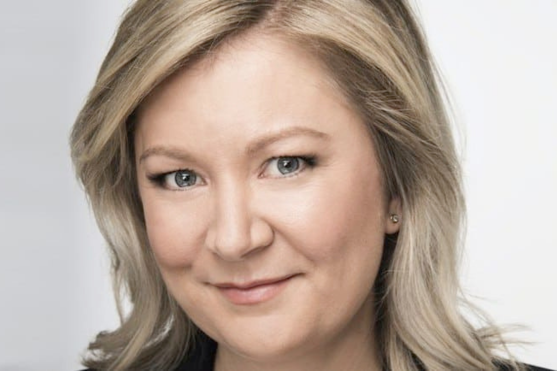
On the way to becoming only the third female editor of The Sydney Morning Herald in the newspaper’s 190-year history, I didn’t have an abundance of female role models in the upper echelons of journalism.
Nor was there any focus on women’s representation in media roles, any constructive analysis about the way women were portrayed in the media or how to advance women’s participation and leadership. There was an absence of female CEOs to interview, and women in senior leadership roles across business, sport, emergency services and the arts rarely attained a profile at the forefront of their organisation.
While the representation of women has improved since I started my career 22 years ago, the Women in Media Gender Scorecard revealed last month that men still account for 70% of quoted sources in news stories in the Australian media, with a similarly high figure included as experts (66%). Men also dominate as byline authors in many sections of media: sport (82%), politics (59%) and finance (63%).
As the report states: “Without proactive steps, significant hurdles remain to achieve equal representation of women as authors, sources and experts in Australian media.” Based on the current trajectory, women will remain behind parity for more than a decade – until 2034.
Australian Associated Press (AAP), a not-for-profit, independent national newswire that wholesales public-interest journalism to more than 450 news outlets around the country – wants to be part of the solution.
AAP aims to launch a Gender Equality desk, that would produce more than 250 articles a year exploring a range of issues relevant to gender equality, including workforce participation and remuneration, childcare solutions, violence prevention, education and health outcomes, economic impact and leadership. News stories and features would be illustrated using bespoke photography and multimedia from AAP’s current staff or images from AAP Photos, one of the nation’s most extensive news image archives.
Philanthropy can help establish this desk at a pivotal time. The Federal Government is currently developing its National Strategy to Achieve Gender Equality, alongside the National Plan to End Violence Against Women and Children, the National Women’s Health Strategy 2020-2023 and the response to the Australian Human Rights Commission’s Respect@Work: Sexual Harassment National Inquiry Report.
The need for change is clear. The representation of women in the media becomes even more bleak when it comes to racial diversity. A Media Diversity Australia report into broadcast media in 2020 found more than 75% of presenters, commentators and reporters had an Anglo-Celtic background, 18% had a European background, while only 6% of those on screen had Indigenous or non-European heritage. Indeed, report co-author Tim Soutphommasane said none of the commercial networks had more than 5% of presenters, commentators and reporters with a non-European background.
As recently as this week, First Nations ABC journalist Stan Grant wrote a scathing assessment of his own network’s NSW state election coverage, saying he was “fed up” that “the dial has barely moved” in 40 years. Representation is also critical for trans and gender-diverse people in the Australian media, whose voices are often excluded.
Numerous studies and research projects, including work by Our Watch, tell us equal numbers of women and men in the media, including as subjects and sources, can help address gender inequality in public and private life.
Journalism focused on gender equality is vital for fostering a more inclusive and diverse society. By significantly increasing the factual, objective content of the political, social and economic challenges faced by women, AAP’s Gender Equality reporting desk will help educate, inform and inspire a more fulsome and expansive participation in society. The desk could also explore issues for the LGBTQI community around gender-based discrimination and violence, as well as equality across employment – including in political representation – health and education outcomes.
It’s been estimated that Australia’s GDP would increase by 11% if the gender employment gap was closed, while the Australian economy would gain $8 billion if women transitioned from tertiary education into the workforce at the same rate as men. For corporate Australia, it’s a no brainer – businesses with at least 30% women in leadership positions are 15% more profitable.
As a NFP with DGR status, AAP’s core objective is to advance social and public welfare. We also strive to advance education and to promote mutual respect and tolerance between Australians through the distribution of high-quality, accurate and fact-based news and information.
The creation of this desk aligns with these principles – every story will be an opportunity to engage millions of Australians with issues of importance to women, girls and marginalised communities. AAP wants to harness the unique breadth and depth of our extraordinary reach to be a leader in this space, creating awareness and driving positive change around the advancement of gender equality.